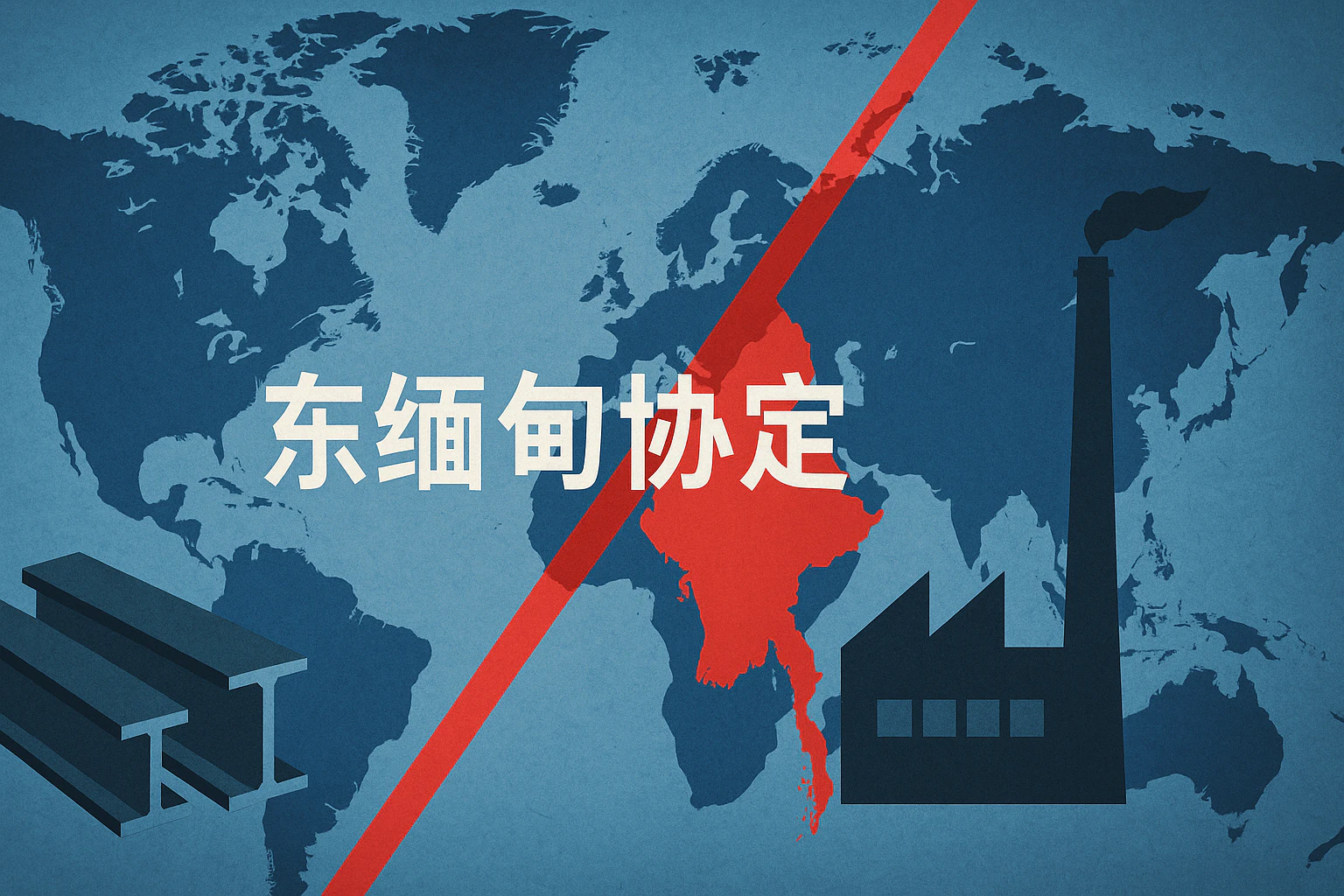在 日本制铁豪赌,钢铁行业开启新全球竞争 这篇文章中读到了一句话:
另一方面,与欧洲企业之间被认为存在看不见的壁垒。这就是 1990 年代中期美国贸易代表办公室(USTR)指出的所谓的“东缅甸协定”,被认为从 1970 年代开始就存在以现在的缅甸为分界线分栖共存的密约。如今,随着日本制铁进入印度市场,这一壁垒已经开始倒塌。
提到了一个耐人寻味的「东缅甸协定」表述,这个中文标识是我第一次听说,并且以中文直接检索并没有找到这篇文章以外的地方提及。 我直接问了 ChatGPT-4 也没有找到相关的信息。所以根据上下文整理了关键词找到了一些相关的信息。
第一份找到了的是 1996 年 OECD 的会议 PROCEEDINGS OF THE WORKSHOP ON STEEL TRADE AND ADJUSTMENT ISSUES, Paris, France 29-30 October 1996 文件:
One of the most widely discussed practices is the London or East of Burma Agreement which is alleged to exist between European, Japanese and Korean steel mills. According to the reports, this agreement divides the world steel markets using Burma as the line of demarcation: under its terms, the European mills limit their shipments to Japan and nearby markets, and the Japanese and Korean mills are said to limit their sales to Europe. Citing statistical evidence that shows minimal shipments of steel from Japan to Europe and Canada and from Europe to Japan and nearby markets, U.S. producers have argued that this arrangement results in substantial flows of EU and Japanese steel to the United States. 16 In other words, it is argued, the European and Japanese steel mills have agreed to stay out of each others’ market and use the U.S. market as the dumping ground for surplus production.
里边有提到运用了统计数据来证明这个协定的存在。
顺着资料继续探查在1998 年 12 月 16 日国际竞争政策咨询委员会会议的文档里找到了如下对话
MR. SIMMONS: In the case that I think you’re referring to and I’m referring to, the East of Burma agreement, there is a lot of circumstantial evidence and testimony by people who were involved in it that that agreement currently exists, which of course then supports why Japan exports one-twentieth to Europe as it did to the United States. It isn’t distance.
更通俗的表述来自 1993 年 华盛顿邮报 U.S. STEELMAKERS ALLEGE FOREIGN PRICE-FIXING, SECRET PACTS:
The document describes a 20-year-old “East of Burma Agreement” between European and Japanese steel mills to steer clear of each other’s markets by drawing a line through Myanmar, formerly known as Burma.
Japanese firms promised to ship no more than token amounts of steel west of that line while European mills agreed to stop their eastward shipments at the line, according to the document. The agreement has been modified as Japanese sales to Europe declined and Europe’s sales in Asia increased, the U.S. steel company attorneys said.
Steel executives from Europe and Japan meet quarterly to review compliance with the agreement and set future quotas, the document said.
